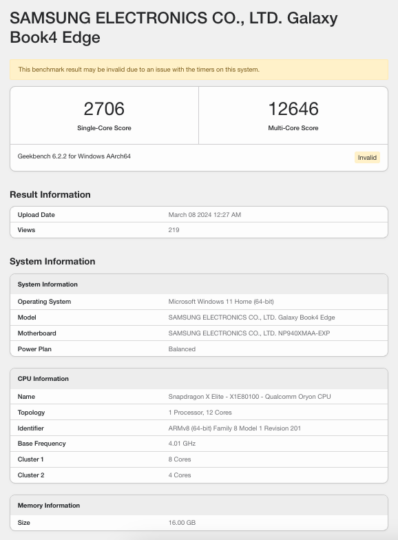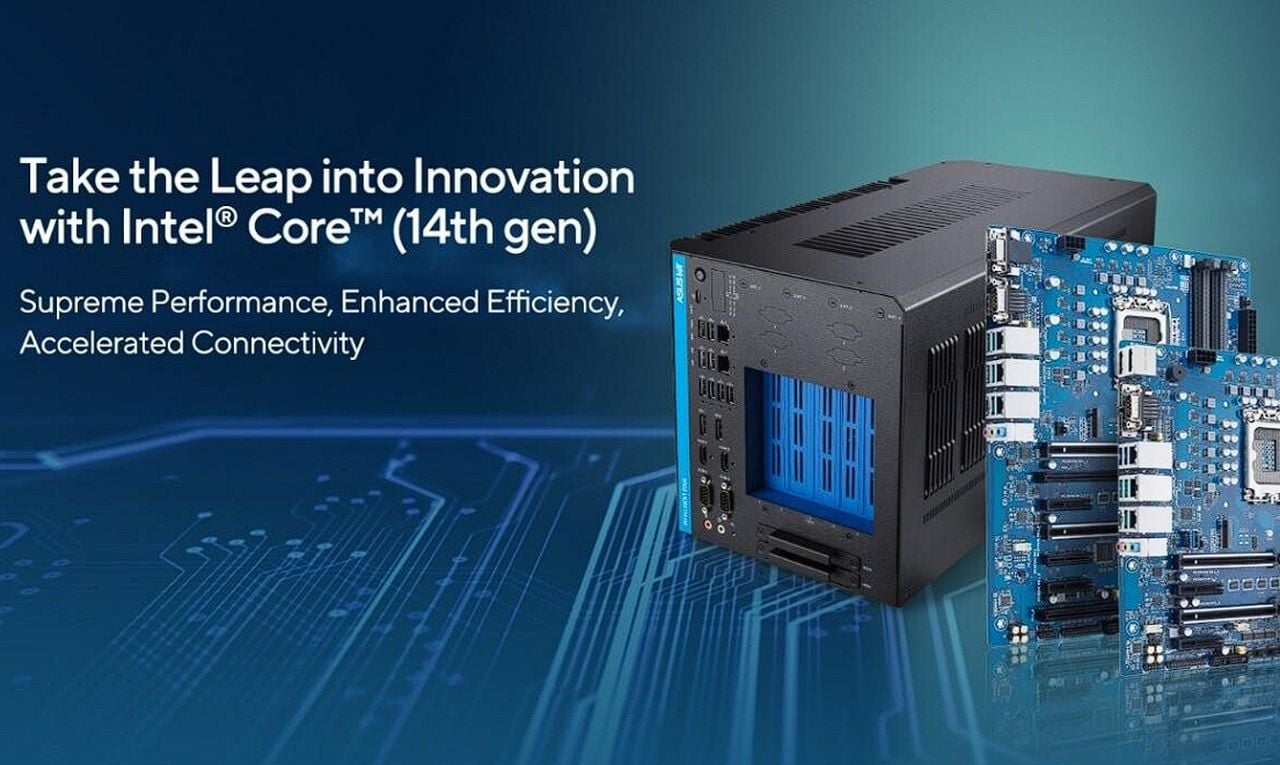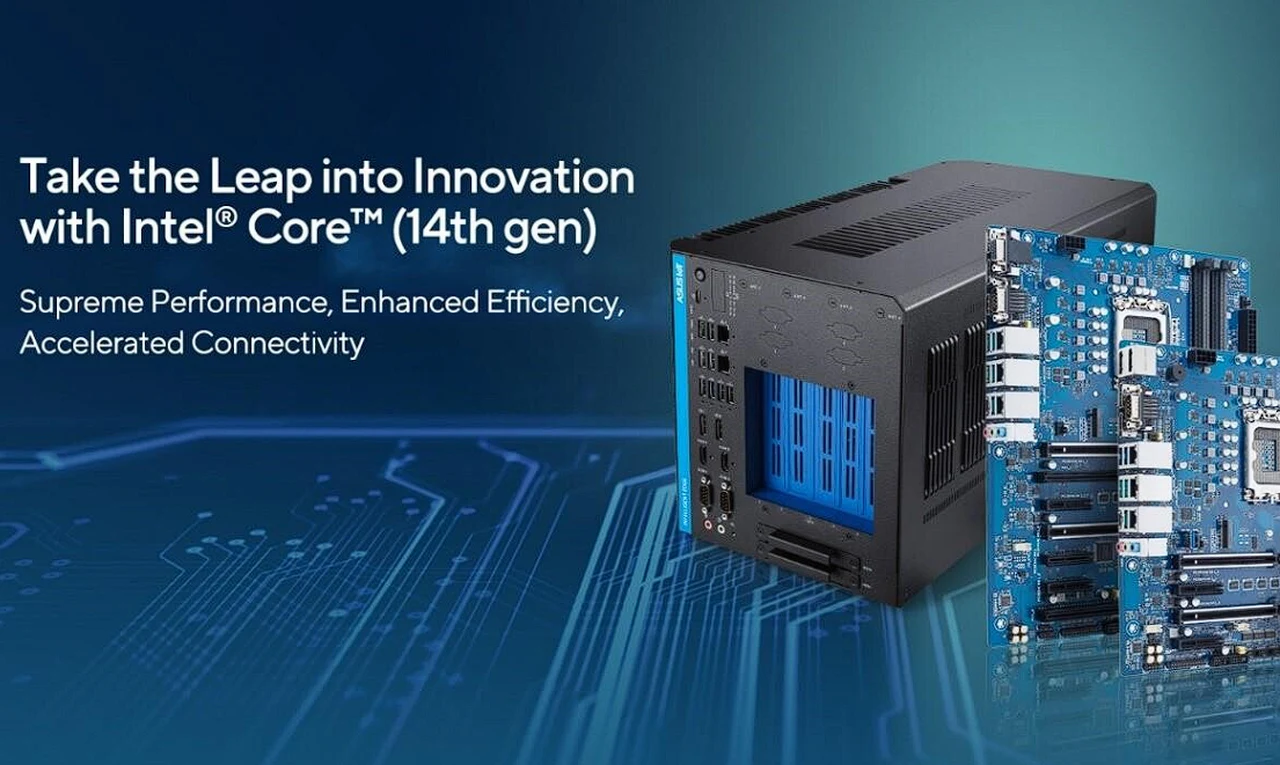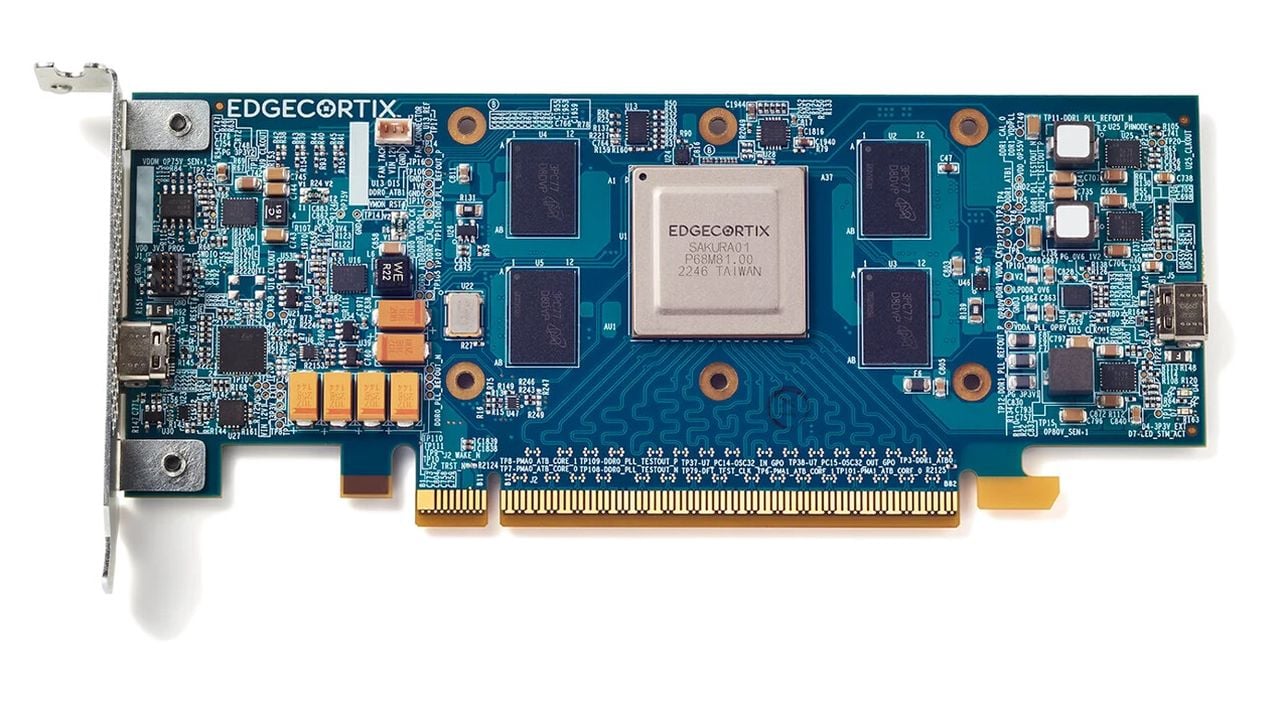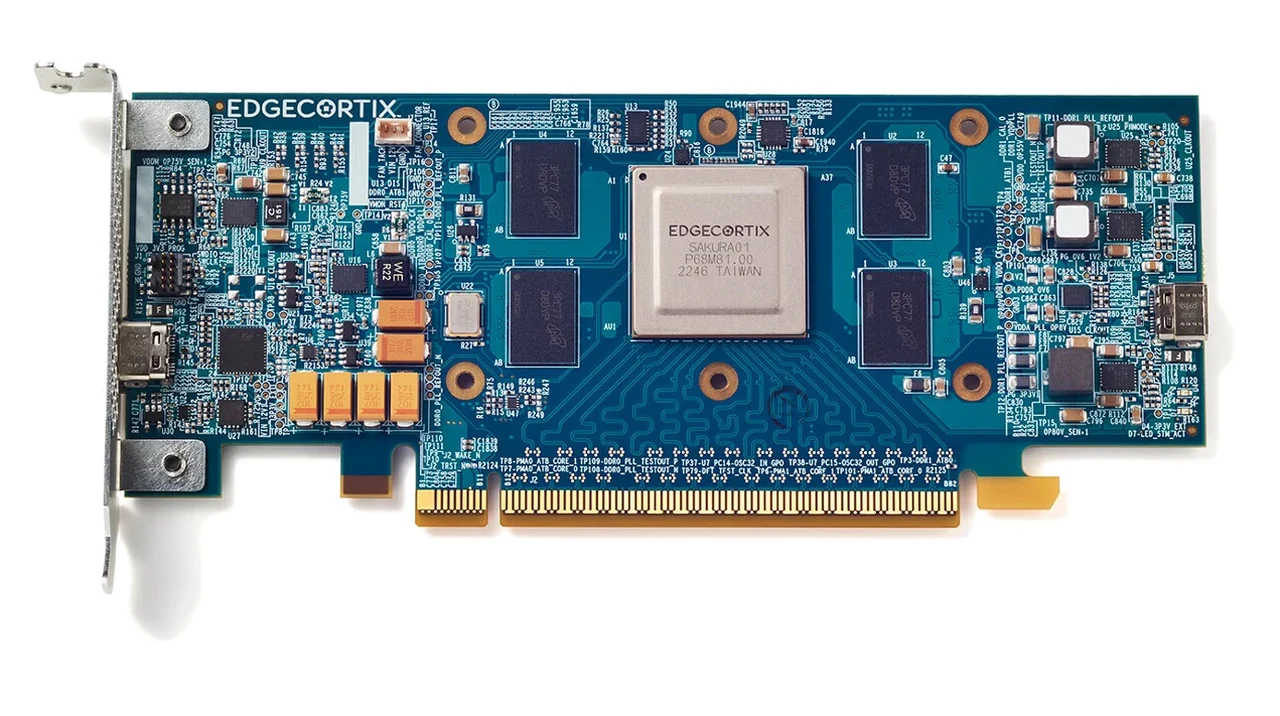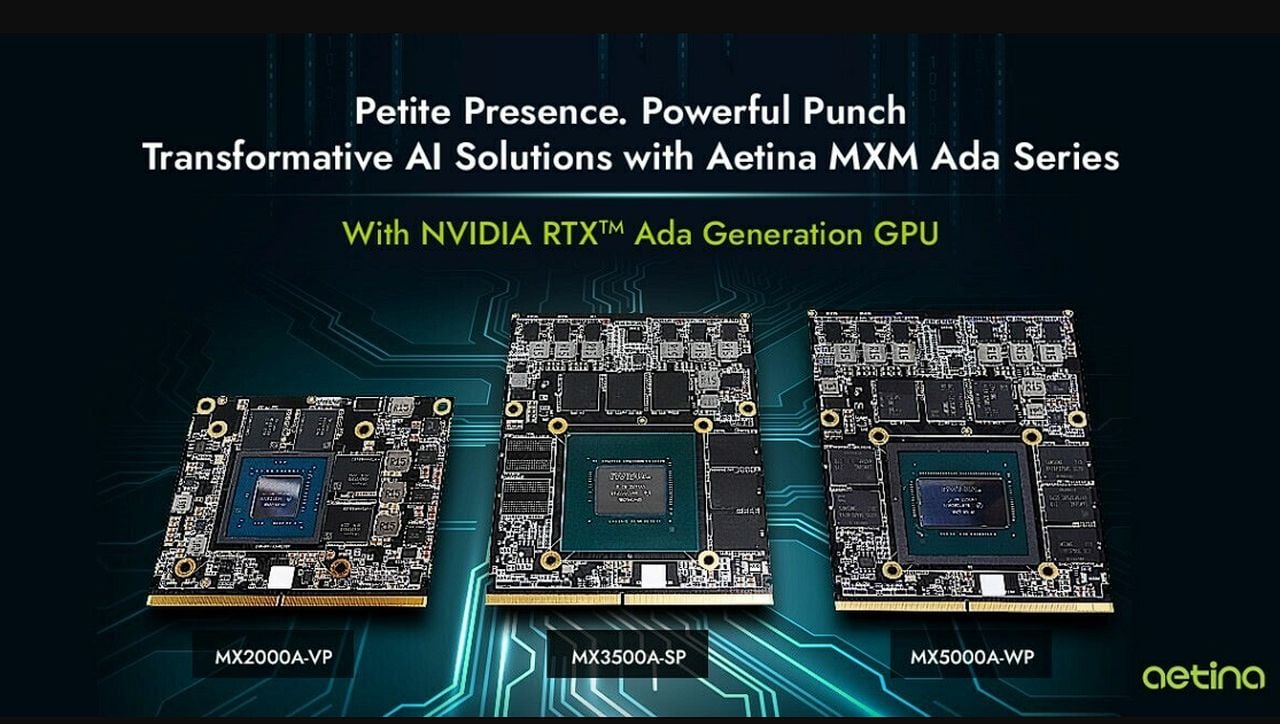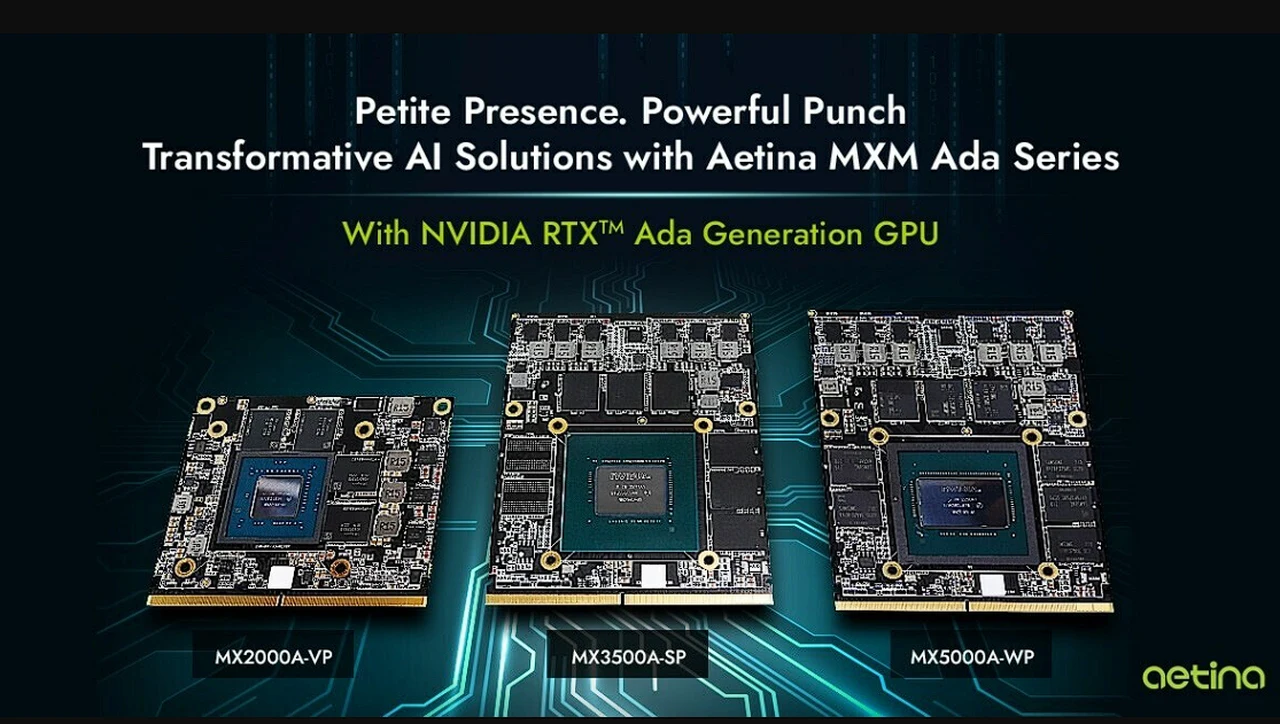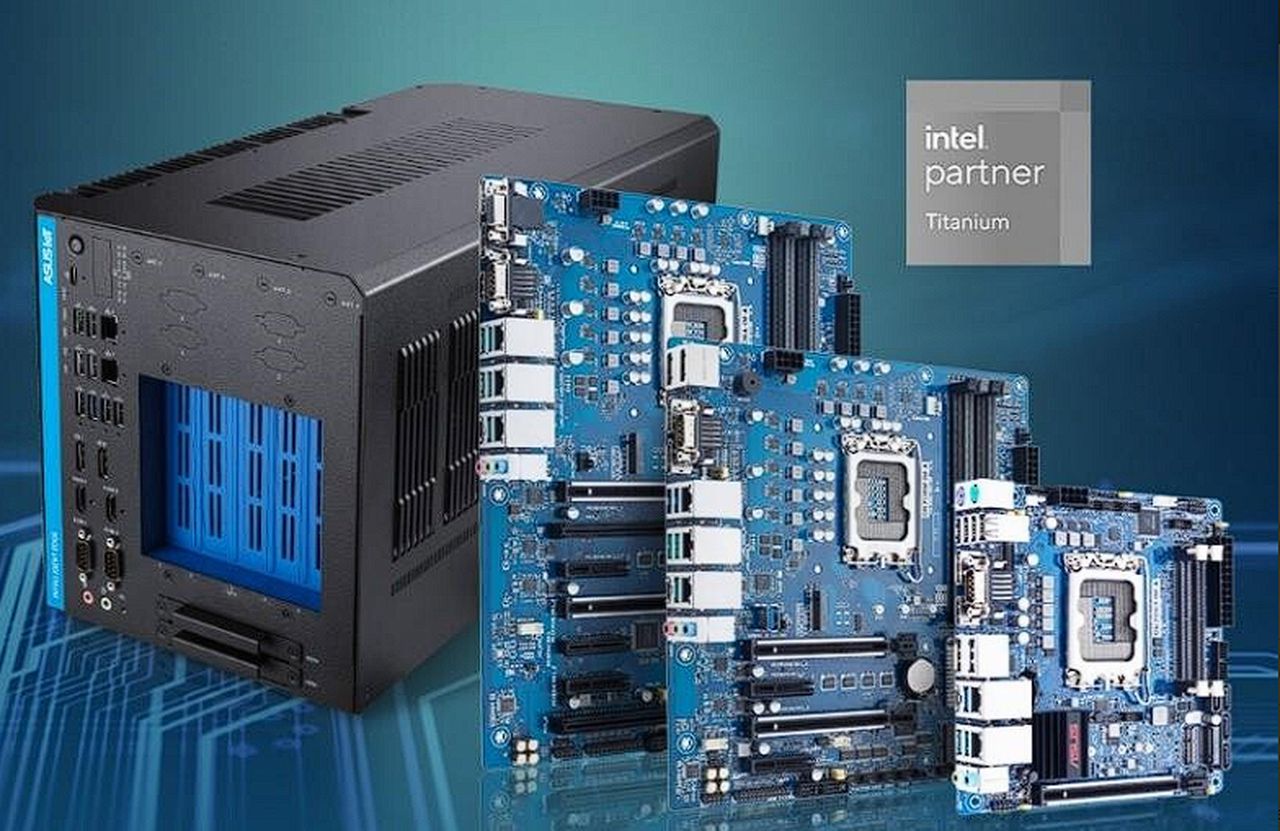
The world of industrial computing is constantly evolving, and ASUS IoT is at the forefront of this transformation with its latest release of motherboards and edge AI computers. These new products are set to redefine performance, efficiency, and connectivity for a wide range of industrial applications, thanks to their cutting-edge technology.
At the heart of these innovations is the powerful 14th generation Intel Core processors. These processors are the driving force behind the devices, ensuring that they can handle the most demanding tasks with ease. The introduction of DDR5 memory is a significant step forward, offering a 50% increase in transfer speeds compared to the previous generation. This means that systems will be faster and more energy-efficient, which is essential in today’s fast-paced industrial world.
The new motherboards and computers also feature PCI Express (PCIe) 5.0 technology. This latest iteration doubles the data transfer rate of its predecessor, PCIe 4.0, allowing systems to manage the increasing data requirements of modern industrial settings. Importantly, it maintains compatibility with existing technologies, ensuring a smooth transition for businesses upgrading their systems.
Visual capabilities have been given a considerable upgrade as well. The integration of Intel UHD Graphics technology supports ultra-high-definition video and multiple displays, which is critical for industries that rely on detailed visual information for monitoring and control.
Revolutionizing Industrial IoT Computing
Security is a top priority in any industrial setting, and ASUS IoT has addressed this with a comprehensive suite of security features. These include Boot Guard, Platform Trust Technology, AES-NI, and VT, all of which work together to safeguard systems against cyber threats and ensure a secure computing environment.
Connectivity is another area where these new products excel. With support for Wi-Fi 7, they offer high-speed connections of up to 5 Gbps. This is a crucial feature for industrial systems that need to communicate and transfer data quickly and efficiently. Understanding the varied needs of industrial computing, ASUS IoT has released a range of form factors, including ATX, micro ATX, Mini-ITX, and thin Mini-ITX. This variety allows businesses to choose the best fit for their specific requirements, ensuring that they have the most effective solution for their operations.
The lineup includes models such as the ASUS IoT R680EA-IM-A, Q670EA-IM-A, H610A-IM-A, H610T-EM-A, PE4000G, and PE6000G. Each model is tailored to meet the needs of different industrial applications, demonstrating ASUS IoT’s commitment to providing versatile and robust computing solutions.
The impact of these technological advancements is far-reaching, with potential benefits for a range of sectors. Retail, healthcare, smart factories, supply-chain management, and smart city infrastructure are just a few of the areas that stand to gain from the improved efficiency and reliability that these motherboards and edge AI computers offer.
Edge AI computer for Superior Performance
ASUS IoT’s new range of industrial motherboards and edge AI computers represents a significant step forward in the field of industrial computing. With their enhanced transfer speeds, energy efficiency, superior graphics, and robust security features, these products are set to make a substantial impact on how industries operate. For businesses looking to upgrade their systems, ASUS IoT’s latest offerings present a compelling choice that promises to bring about a new level of performance and reliability.
The industrial computing landscape is undergoing a significant transformation, driven by the need for more powerful and efficient systems. ASUS IoT is leading this change with its new line of motherboards and edge AI computers. These devices are designed to meet the rigorous demands of industrial applications, providing enhanced performance, efficiency, and connectivity. At the core of these advancements are the 14th generation Intel Core processors, which deliver the computational power necessary to handle complex tasks without a hitch. The adoption of DDR5 memory in these systems marks a substantial improvement, offering faster data transfer speeds and greater energy efficiency, which are critical in high-stakes industrial environments.
The integration of PCI Express (PCIe) 5.0 technology in ASUS IoT’s new products is a game-changer for industrial computing. This technology doubles the data transfer rate of PCIe 4.0, enabling systems to keep up with the growing data demands of modern industrial operations. The backward compatibility with older technologies ensures a seamless upgrade path for businesses. Visual capabilities are also significantly improved, with Intel UHD Graphics technology supporting high-definition video and multiple displays, a vital feature for industries that depend on precise visual monitoring and control.
Security and Connectivity: Pillars of Industrial Systems
In the realm of industrial computing, security is paramount. ASUS IoT has meticulously addressed this concern by incorporating a suite of security features, including Boot Guard, Platform Trust Technology, AES-NI, and VT. These features form a comprehensive security framework that protects systems from cyber threats, ensuring a secure and reliable computing environment. Connectivity is equally important, and with the support for Wi-Fi 7, ASUS IoT’s products offer rapid connections up to 5 Gbps, essential for the swift communication and data transfer required in industrial settings.
ASUS IoT’s diverse range of form factors, including ATX, micro ATX, Mini-ITX, and thin Mini-ITX, caters to the unique needs of various industrial applications. The lineup, which includes models like the ASUS IoT R680EA-IM-A and PE6000G, is designed to provide versatile and robust computing solutions.
Filed Under: Technology News, Top News
Latest timeswonderful Deals
Disclosure: Some of our articles include affiliate links. If you buy something through one of these links, timeswonderful may earn an affiliate commission. Learn about our Disclosure Policy.











